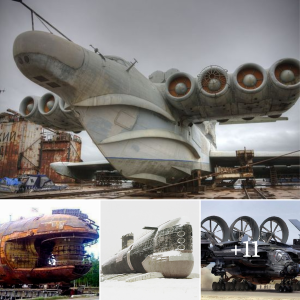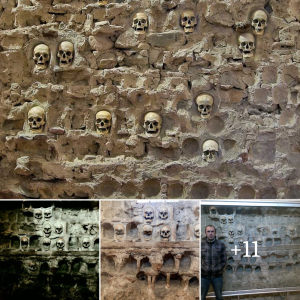Derinkuyu is an ancient underground city near the Nevsehir province of the Cappadocia Region in Turkey. A Turkish man accidentally discovered this incredible archaeological site in 1963 while renovating his house. Two years later, the underground city was partially open to visit.

Once housing 20,000 people, Derinkuyu Underground City is the largest underground city in the world.

Encompassing 18 stories, Derinkuyu Underground City measures approximately 85 meters in depth. The city consists of such sections as stables, cellars, dungeons, dining halls, churches, and stum shops. There is even a missionary school on the 2nd floor. The city was ventilated through more than 15,000 shafts that reached the very bottom of the city. The 55-meter-deep ventilation shaft connected to the surface also functioned as a water well. The upper levels contained the sleeping areas due to better ventilation while the lower levels mostly contained storage rooms. Today, only 10% of the underground city of Derinkuyu is open to visit.

Inside the underground city, it is highly difficult for two people to walk side by side due to the narrowness of corridors and floors. The main reason is probably the necessity to close the connection roads in case of a raid in a short period of time. Therefore, the engineers of Derinkuyu developed a defense system consisting of round bolt stones that were immovable from the outside.

zynl_ozturk
There is little historical record about the origins of Derinkuyu. According to some archaeologists, the oldest part of the complex was built around 2000 BC by the Hittites, then by the Phrygians around 700 BC. Later, the city probably changed hands from the Phrygians to the Persians, and then to the Christians during the first centuries AD. Finally, the city was abandoned in the 1920s by the Cappadocian Greeks as a result of the Greco-Turkish war.

A heavy disk-shaped door provided security during raids. Image credit: zynl_ozturk

Cappadocia is a region in central Anatolia, Turkey. Image credit: agrippa907th

historyunreal


hannah_reese_1

federica_ceruti

federica_ceruti

Main ventilation shaft and well.

.

federica_ceruti





